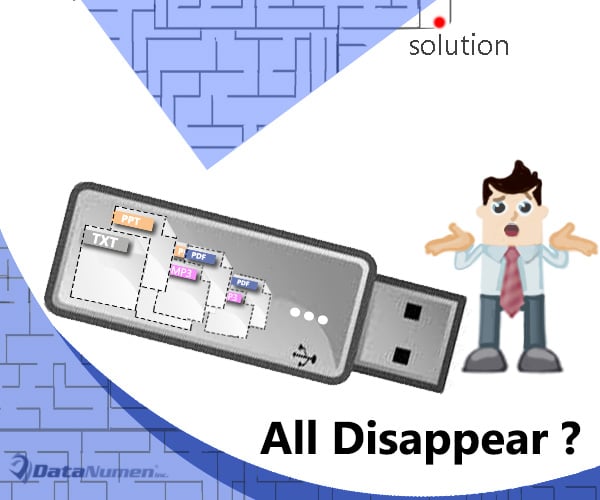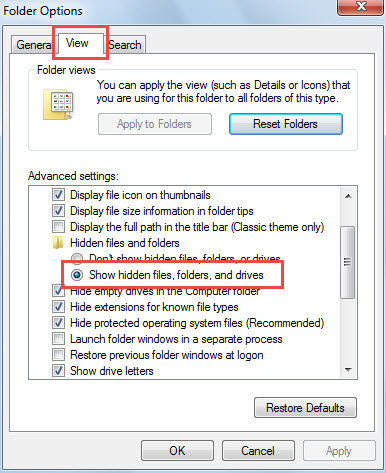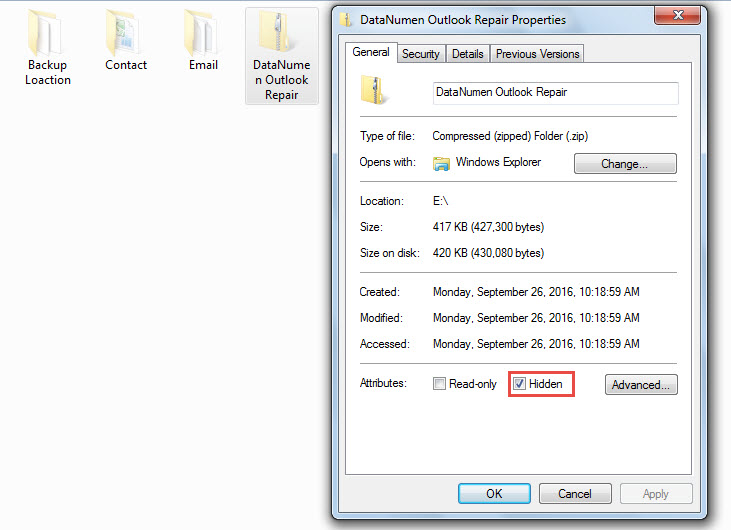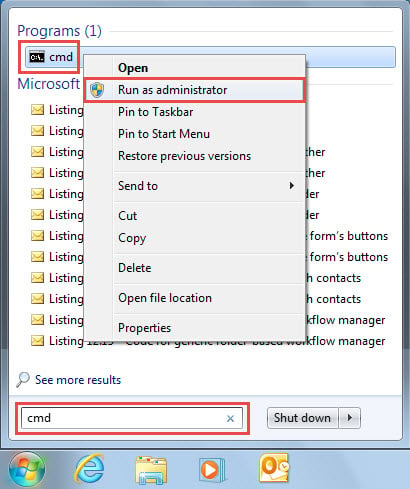It must be quite frightening that your USB flash drive shows as empty but actually you have stored many files to them before. This article will focus on this issue and offer you some effective solutions.
USB flash drive has achieved extensive popularity among computer users due to its portability. Moreover, it’s because of this feature that most users tend to store their frequently-used and vitally important files in the USB flash drive. But it is still worth mentioning that USB flash drive can fail as well. Hence, it is inevitable to make at least one more backup for your important files. Otherwise, if your USB flash drive fails, your files will definitely suffer, like corrupted Word document or damaged PST file.

One of the frequent and most annoying issues involving USB flash drive is that it displays empty, namely you cannot find any files in it. But, in reality, you are sure that you have stored files in it. Many users have ever suffered such a case. So here we will expose the potential reasons and follow the steps to solve this issue.
Step 1: Scan the USB Flash Drive via Antivirus Software
Since USB flash drive is not only prone to attracting viruses but also to spreading viruses, if you find it empty, chances are that it has been attacked by viruses or malware. Therefore, in this situation, so as to prevent the viruses from attacking your computer data, you have to scan the USB drive by antivirus software at once. If viruses get detected, the software will kill them. After that, you can reopen the USB flash drive to see if the files are back. But if no viruses detected, you have to move on to the next means.
Step 2: Check the USB Flash Drive for Logical Issues
Another potential reason may be that your USB flash drive suffers logical errors. Thus if you are working on the Windows-based computer, you can use the inbuilt tool – scandisk or CHKDSK to check it. There are two means to run this tool. One is to right click on the drive and select “Properties” and then hit the “Check Now” button under “Tools” button. The other one is to run command prompt and type “CHKDSK drive letter: /f”. After checking in this way, you can recheck if the files get back. If not, turn to the final tip.
Step 3: Unhide Files on the USB Flash Drive
Actually, more often than not, the reason why the USB flash drive shows empty is that the files are in “Hidden” status. In this scenario, you can apply the following either trick to unhide the files.
1. Change Folder View Options to Unhide
- Firstly, click on the “Control Panel” in the “Start Menu”.
- Then click “Appearance” > “Folder Options”.
- Next in the popup dialog box, switch to “View” tab and select “Show hidden files, folders, and drives”.
- After click “OK” to save the changes, you can back to the USB flash drive.
- If you see that the files are back, then you need to disable the files or folders’ hidden status. Right click on one file or folder and choose “Properties”.
- Lastly, in the popup dialog box, deselect the “Hidden” option and hit “OK”.
2. Use Command Prompt to Unhide
By the above means, you need to unhide all the files by disabling the “Hidden” status in each file or folder one by one manually. If you would like to unhide all the files in one go, the following trick must be more suitable.
- First, type “cmd” in search box of the “Start Menu”.
- Then you will see the “cmd” program in the list. Right click it and select “Run as administrator”.
- In the popup “User Account Control”, select “Yes”.
- Next in the command prompt window, you need to type the drive letter and press “Enter” key like the following image.
- Subsequently, in the new line, type “attrib -s -h -r /s /d” and press “Enter”.
- Finally close the command prompt and back to the USB flash drive. You will discover that all the files and folders have been unhidden.
Step 4: Resort to Third Party Software
Provided that issues persist even after the above steps, chances are that you are facing some unknown and complex troubles. In this case, you can take recourse to any third party tools. There are a lot of such tools dedicated to fixing USB flash drive in today’s market.
Step 5: Recur to Third Party Service
Assuming that you’re afraid of attempting a DIY repair on your USB flash drive, of course you can seek help from professionals. You can search various related third party services too. However, regardless of resorting to 3rd party software or 3rd party service, you should keep cautious, only trust in and select reputable ones.
Author Introduction:
Shirley Zhang is a data recovery expert in DataNumen, Inc., which is the world leader in data recovery technologies, including damaged sql and outlook repair software products. For more information visit www.datanumen.com




